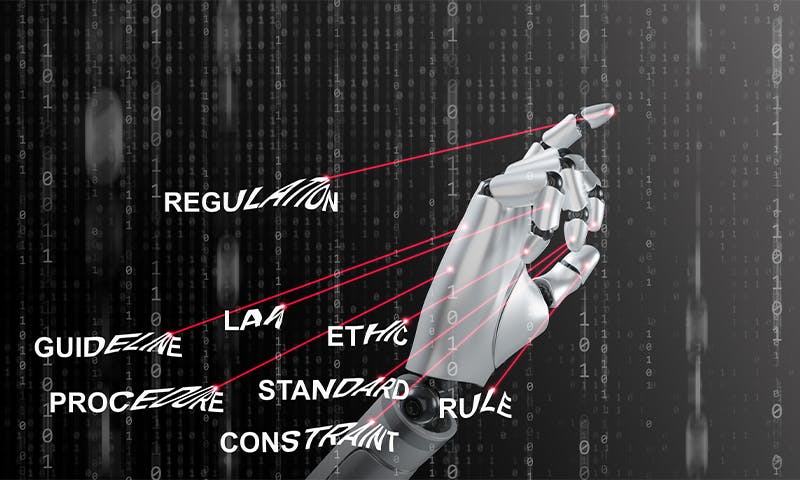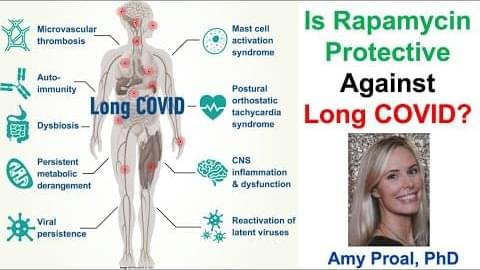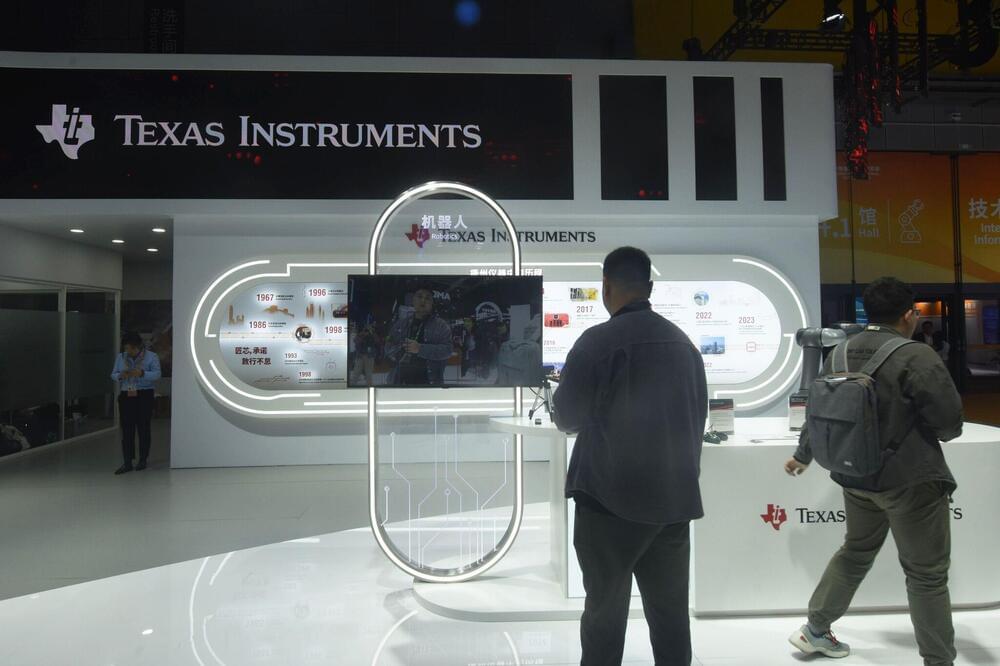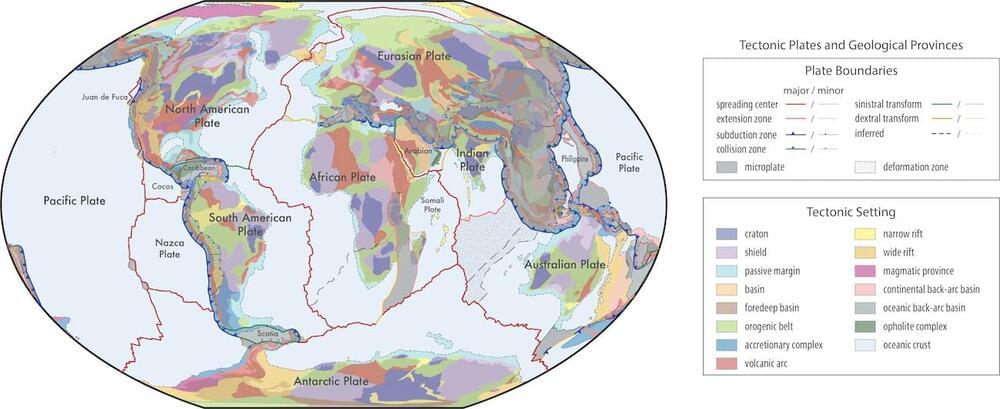Why the “hard problem” of AI—controlling our superintelligent creations—is impossible.
3D-printed ‘ghost guns’, like the one Luigi Mangione allegedly used to kill a health care CEO, surge in popularity as law enforcement struggles to keep up
Posted in 3D printing, health, law enforcement, security | Leave a Comment on 3D-printed ‘ghost guns’, like the one Luigi Mangione allegedly used to kill a health care CEO, surge in popularity as law enforcement struggles to keep up
By November 2024, 15 U.S. states had established regulations on ghost guns, though exact requirements vary. The rules typically require a serial number, background checks for firearm component purchases and reporting to authorities that a person is producing 3D-printed guns.
For instance, in New Jersey, a 2019 law mandates that all ghost guns have a serial number and be registered. Under current New York law, possession or distribution of a 3D-printed gun is classified as a misdemeanor. However, a proposed law seeks to elevate the manufacturing of firearms using 3D-printing technology to a felony offense.
As technology advances and rules evolve, criminals who use 3D-printed firearms will continue to pose threats to public safety and security, and governments will continue playing catch-up to effectively regulate these weapons.
Join us on Patreon! https://www.patreon.com/MichaelLustgartenPhDDiscount Links/Affiliates: Blood testing (where I get the majority of my labs): https://www.u…
We named him Squirt—not because he was the smallest of the 16 cuttlefish in the pool, but because anyone with the audacity to scoop him into a separate tank to study him was likely to get soaked. Squirt had notoriously accurate aim.
As a comparative psychologist, I’m used to assaults from my experimental subjects. I’ve been stung by bees, pinched by crayfish and battered by indignant pigeons. But, somehow, with Squirt it felt different. As he eyed us with his W-shaped pupils, he seemed clearly to be plotting against us.
Of course, I’m being anthropomorphic. Science does not yet have the tools to confirm whether cuttlefish have emotional states, or whether they are capable of conscious experience, much less sinister plots. But there’s undeniably something special about cephalopods—the class of ocean-dwelling invertebrates that includes cuttlefish, squid and octopus.
The great state of Wisconsin is about to get enough clean energy to power 200,000 homes, as the Public Service Commission of Wisconsin has approved a new solar farm that will be the most powerful in the state, Electrek reported.
Vista Sands Solar Farm, which will be located on 8,500 acres of private farmland in Portage County that is being leased from its owners, is being developed by Doral Renewables LLC, a Philadelphia-based company.
The project is expected to take around two years to complete. It will cost $1 billion and generate around 500 jobs during construction and 50 permanent positions once the farm is open for business, per the company.
Researchers develop game-changing new device that can produce solar energy for disaster-impacted areas — here’s how it works
Posted in solar power, sustainability | Leave a Comment on Researchers develop game-changing new device that can produce solar energy for disaster-impacted areas — here’s how it works
Researchers developed a balloon-integrated photovoltaic system to provide clean, reliable emergency power after disasters.
Dallas’ Texas Instruments just got a payday through the CHIPS and Science Act, which funds companies manufacturing and researching semiconductors in the U.S.
These models are poised to become a standard for classifying geological data across various databases. The models are freely available and open-source, allowing for continual updates and improvements from the geoscience community. This initiative fosters an adaptable and interactive environment, crucial for enhancing our understanding of Earth’s geological history, especially the Mesoproterozoic era and older periods.
A significant innovation is the transition from traditional raster maps to vector format shapefiles. This shift allows for seamless integration of geological data, offering a more nuanced understanding of Earth’s geological fabric. The vector format ensures that each polygon, line, or point can possess multiple unique attributes, enabling a detailed and multidimensional representation of geological features.
In essence, the work paves the way for more precise and comprehensive geological and tectonic models. This is a crucial step towards better predicting and understanding the Earth’s future.
This ultrathin device safely delivers gene therapies to the inner ear, offering hope for hearing restoration.
Elon Musk’s xAI announced Monday it raised $6 billion in a Series C funding round, putting the company’s value at more than $40 billion as it continues to strengthen its AI products and infrastructure.
As fringe as the idea of solar radiation modification once was and as generally controversial as it remains, it is gaining some traction. Last spring, the University of Chicago hired David Keith, one of the most visible proponents of solar geoengineering, to lead a new Climate Systems Engineering initiative, committing to at least 10 new faculty hires for the program. The group will study solar geoengineering, as well as other kinds of Earth system modifications aimed at addressing the climate crisis.
With this initiative, the University of Chicago is attempting to position itself as the place for serious scientific consideration of the logistics and implications of Earth system interventions aimed at reversing or counteracting climate change. It is part of a broader university effort to become a global leader in the climate and energy space.
Previously, Keith was at Harvard University, where he helped launch the Solar Geoengineering Research Program. After repeated delays and years of controversy, Harvard recently canceled a small-scale outdoor geoengineering experiment that Keith helped plan. That experiment would have involved launching a high-altitude balloon, releasing fine particles of calcium carbonate into the stratosphere, and then sending the balloon back through the cloud to monitor how those particles disperse and interact within the atmosphere, and with solar radiation.









